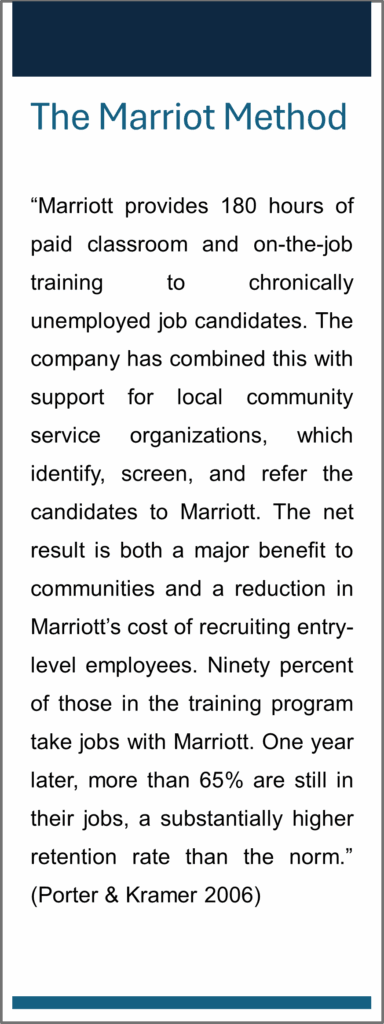In our work, people are the point. Our activities, interventions, and objectives are centred around unlocking and harnessing two profound potentials within the human spirit: agency and creativity.
Together, these two potentials have unfathomable capacity. They allow us to dream, cast vision, and imagine a different and better future. They also enable us to see that vision come to pass. Creativity empowers us to craft steps to a place we have never been.
Alas, it does not take much to fracture these illusions of grandeur. Anyone who has ever attempted to learn something new, or better yet, teach someone else, has been confronted by the extreme challenge of such a task. It is almost like a pot of gold at the end of the rainbow. You see the spectrum of colours, yet the pot of gold remains elusive.
When we engage with organisations, we are often confronted by these two extreme views on the existence of these potentials, and how realistic their harnessing is in the corporate context.
On the one hand, much of the environments we deal with still function from a heavily human resources-dominated view of human potential. The perspective is that even if these potentials exist, the chances you will harness them effectively are slim to none.
On the other hand, a perspective that continues to gain traction takes a human capital view. The potential becomes an appreciating asset in my business. Harnessing and stimulating both agency and creativity become central to my asset management strategy.
Strategy and Society
Micheal Porter and Mark Kramer wrote a seminal work in the Harvard Business Review in 2006 titled Strategy and Society: The Link Between Competitive Advantage and Corporate Social Responsibility. They unpack the significant strategic benefits of aligning key drivers of business competitiveness with social responsibility and investment. One of the case studies they mention is that of Marriot Hotels and their approach to the recruitment of entry-level staff. (See sidebar)
With the radical increase in the popularity of talent management, most of the attention has been focused on Key People and Key Position approaches. You need talent in specific, high-value roles, or specific people are so talented, with such rare skills that you cannot afford to lose them.
This ignores the value of most of the agency and creativity that labours daily to affect your organisation’s future. Even most organisations that gravitate towards the Human Capital perspective of these potentials tend to default to a Human Resources perspective when dealing with entry-level staff.
Shared Value Outcomes
The Marriot Method gives a great example of the Shared Value we can create for the individual, business and society when we integrate our approaches.
By leveraging the best of what Marriot has to offer while leaning on the skills, resources and competencies of their local POPUP, they could shift the needle in a systemic challenge that would otherwise continue.
Perhaps the greatest challenge is in recognizing the missed opportunities before us. This often requires a change in perspective. Society is approached as a burden, and expense and a risk factor to be mitigated. When we view it through the lense of unharnessed potential, a powerful, untapped asset emerges ready to benefit any organisation willing to invest strategically.
Community as Pipeline of Potentials
POPUP uniquely develops and activates the agency and creativity of our youth, making us the perfect strategic partner to harness your local community’s untapped potential.
By aligning with your value chain and talent drivers, we help you build a robust entry-level staff recruitment pipeline.
- You will harness potentials better than ever.
- You will create strategic community assets.
- You will significantly improve sustainability.
All by reallocating budgets you’re already spending elsewhere.
Ready to turn your community into a strategic asset? Contact Marina de Wet today to explore how we can help you build a stronger, more sustainable future by harnessing the power of your local community.



